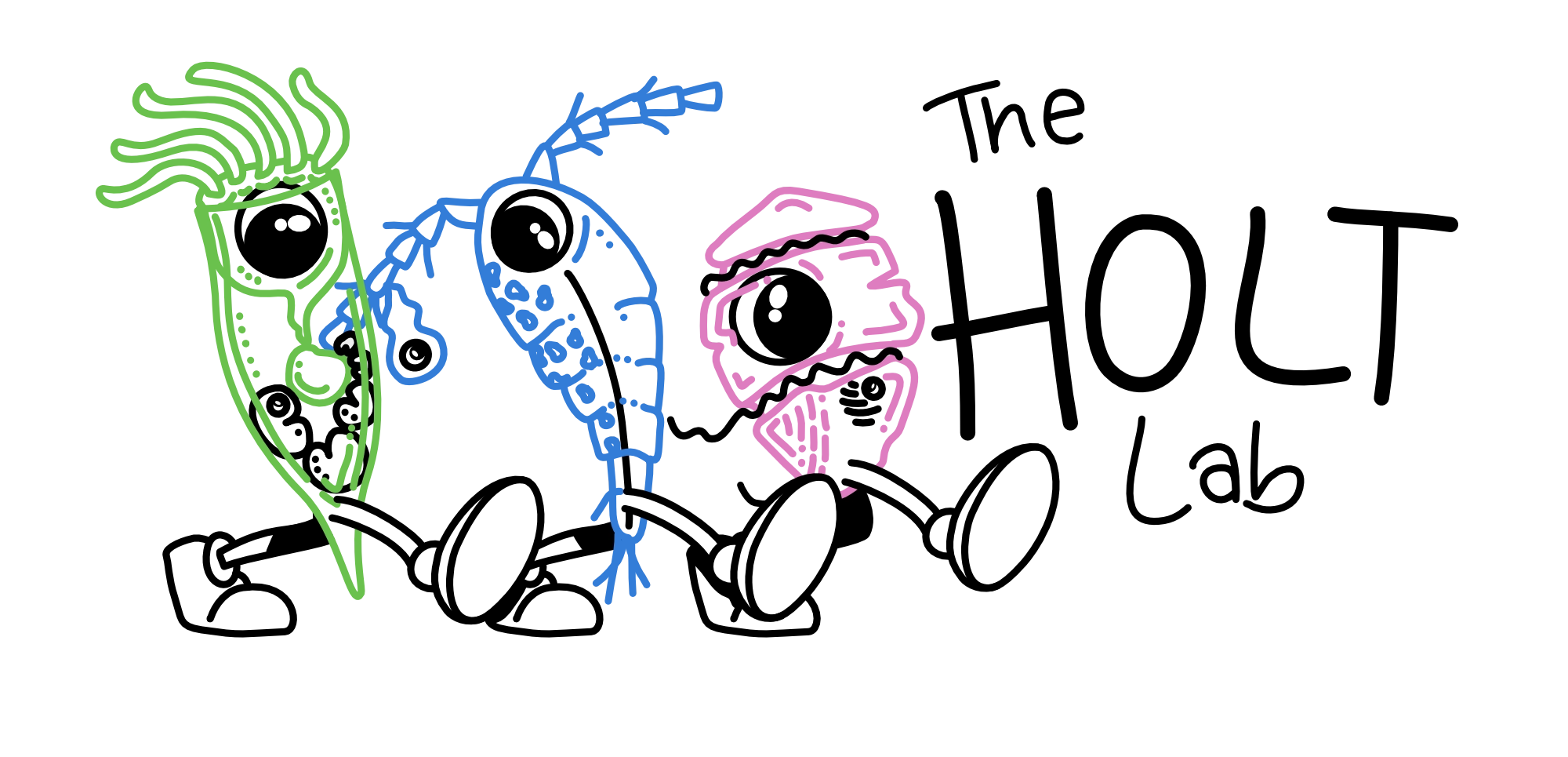Holt CC, Dhaliwal S, Na I, Mtawali M, Boscaro V, Keeling PK.
The phylum Phoronida comprises filter-feeding invertebrates that live in a protective tube sometimes reinforced with particulate material from the surrounding environments. Animals with these characteristics make promising candidate hosts for symbiotic bacteria, given the constant interactions with various bacterial colonizers, yet phoronids are one of the very few animal phyla with no available microbiome data whatsoever. Here, by sequencing the V4 region of the 16S rRNA gene, we compare bacterial microbiomes in whole phoronids, including both tube and living tissues, with those associated exclusively to the isolated tube and/or the naked animal inside. We also compare these communities with those from the surrounding water. Phoronid microbiomes from specimens belonging to the same colony but collected a month apart were significantly different, and bacterial taxa previously reported in association with invertebrates and sediment were found to drive this difference. The microbiomes associated with the tubes are very similar in composition to those isolated from whole animals. However, just over half of bacteria found in whole specimens are also found both in tubes and naked specimens. In conclusion, phoronids harbour bacterial microbiomes that differ from those in the surrounding water, but the composition of those microbiomes is not stable and appears to change in the same colony over a relatively short time frame. Considering individual spatial/anatomical compartments, the phoronid tube contributes most to the whole-animal microbiome.
Read the paper here
Holt CC, Dhaliwal S, Na I, Mtawali M, Boscaro V, Keeling P. Spatial compartmentalisation of bacteria in phoronid microbiomes. Scientific Reports. 2023 Oct 30;13(1):18612.
